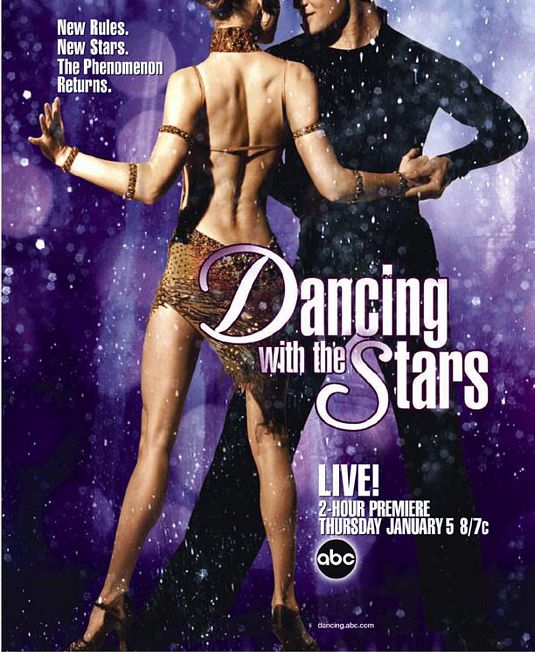
Media literacy provides tools to help people essentially analyze messages in order to effectively identify such things as propaganda, censorship, and bias within media programs. Media literacy also provides the knowledge and ability to decipher between media traps and pertinent information. Since most media messages are encountered through a state of automaticity (mindless acceptance of messages), being media literate is almost essential in today’s culture in order to maintain a pure mindset.
Media literacy education is important; however it is especially important for young, developing children. According to www.youthlearn.org, media literacy is particularly important because, “analyzing and assessing sources is an essential part of all inquiry-based learning projects but our multimedia world means that we have to teach kids not just how to assess data and arguments, but also how to discern emotional appeals made through pictures, music and video.” Children learn how to behave through messages that they receive from others, therefore the media is a definite influence in the development of children. By teaching media literacy to children, we are teaching them how to become more critical consumers of any information that they come across. Simply put, media literacy is somewhat of a form of media self-defense for children. Many studies actually suggest that media literacy can produce less vulnerable children and adolescents.
In many cases, I have found that researchers of media literacy actually promote becoming the media in order to understand the media. Personally, I agree with this hands-on style of education. Youth Learn describes a few ways in which this hand-on learning style can really help children understand how the media works in order to become more literate:
· When we teach how to do photography, we're also teaching kids to really look at the images they see. They come to understand the emotional effects inherent in a photographer's choices about angle, focus and other aesthetic elements.
· When we teach image-editing programs like PhotoShop, we show kids how images can be changed to distort the truth or fabricate untruths.
· When we teach about video, kids learn more about the differences between reality and acting and how subconscious elements like music or setting can alter the emotional reactions to a scene.
These educators claim that by doing exercises that involve these concepts, they are teaching children to “read with deeper awareness and conscious analysis, in a visual world we must teach them to look closely at the images that sometimes pass by them in a flash”.
In conclusion, I believe that media literacy is an indispensable tool that allows people in our culture, no matter what age, to successfully decipher between important and unnecessary information that is presented through mass media communications.

